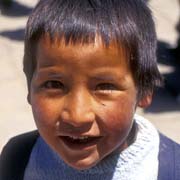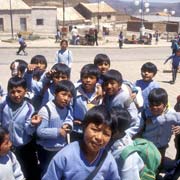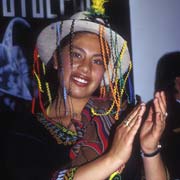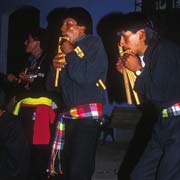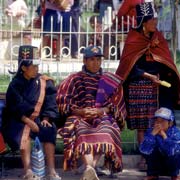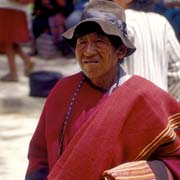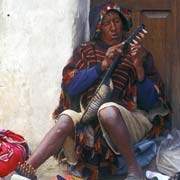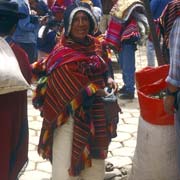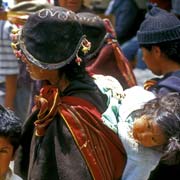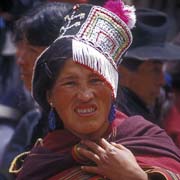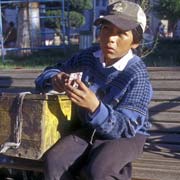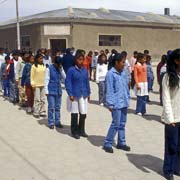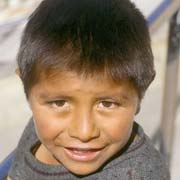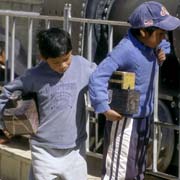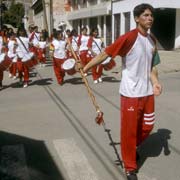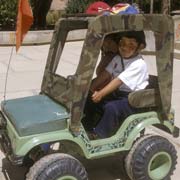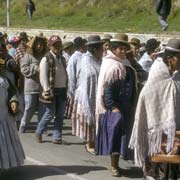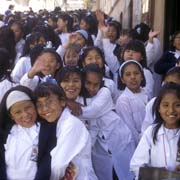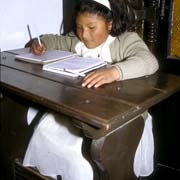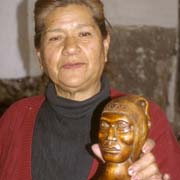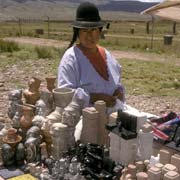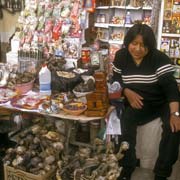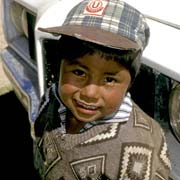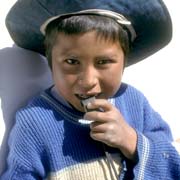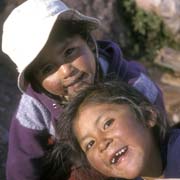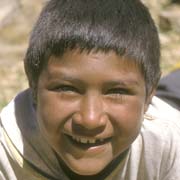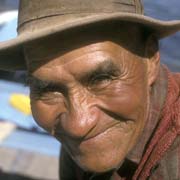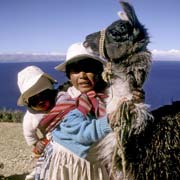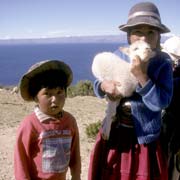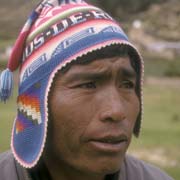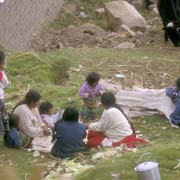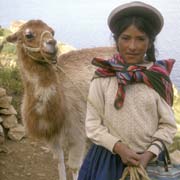Photos of The People of Bolivia, Bolivia
The People of Bolivia
Bolivia is one of only three countries in Latin America where most of the population consists of Amerindians - the other two are Peru and Guatemala. The Bolivian people are culturally, racially, and socially very diverse: over 30 distinct indigenous groups have been in the various regions for thousands of years.
you may then send it as a postcard if you wish.
Three official languages had been recognised until recently: Spanish (usually called “Castellano”), Quechua, and Aymara. But since December 2009, a new constitution was adopted in which now all native languages and dialects are declared official languages. Even so, Spanish is used by most people, although many of Bolivia’s indigenous peoples are bilingual. Quechua, the language of the Inca Empire (2.5 million) and Aymara (over 2 million), is spoken throughout Bolivia, while Chiquitano (180,000) and Guaraní (125,000) speakers belong to the two next largest indigenous groups. Bolivia’s population is now more than 10 million.
The Quechua, the largest culture of Bolivia, are native to Chuquisaca, Cochabamba, Potosí, Oruro and La Paz. They are primarily farmers and cultivate numerous varieties of corn and potatoes, quinoa and other tubers, although their most lucrative crop by far is coca. They also practice animal husbandry. The second-largest Bolivian indigenous culture, The Aymara, is native to La Paz, Oruro and Potosí. Their sources of income are agriculture, animal husbandry, mining, fishing, handicrafts and trade. The Uru Uru culture is native to La Paz and Oruro, which was named after them. There are fewer than 3,000 and speak the Uru language; most work in animal husbandry and the production of handicrafts. The great majority of European descendants are of Spanish origin. However, there are also quite large German, Italian and North American communities and small numbers from many other European and Asian communities. There is also a small Afro-Bolivian population in the Yungas forest region, the descendants of the first African slaves.



